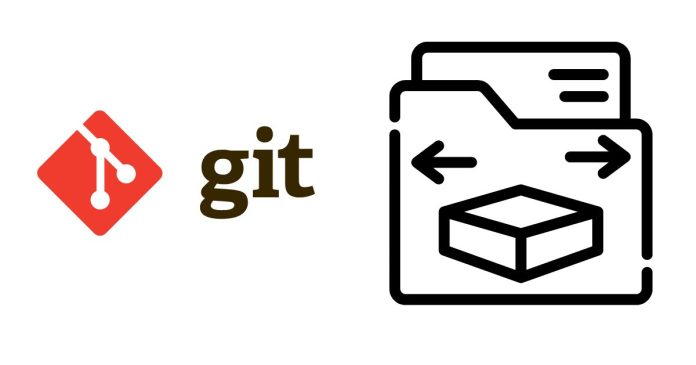Syncing your local Git repository with a remote repository is an essential part of working with Git, especially when collaborating with others. To sync your local repository with the remote, you typically use a combination of git fetch, git pull, and git push commands. Here’s a step-by-step guide to sync with a remote Git repository:
1. Checking the Remote Repository
Before syncing, you should check which remote repositories are linked to your local repository.
git remote -v
This command will show the remotes and their associated URLs. The default remote is typically named origin.
2. Fetching Updates from the Remote Repository
Use git fetch to fetch the latest changes from the remote repository without affecting your local working directory. This is useful when you want to check what changes are on the remote before integrating them.
git fetch origin
- What it does: It fetches the latest changes from the remote repository but does not merge them with your local branch. It only updates your local view of the remote repository.
- Where to use: This is useful when you want to inspect the latest commits or changes on the remote repository before making decisions about merging or rebasing.
3. Merging Changes with git pull
Once you have fetched the updates, you can merge them into your current branch with git pull.
git pull origin main
- What it does:
git pullis a combination ofgit fetchfollowed bygit merge. It fetches the latest changes and merges them into your current branch. By default, it merges the changes from the branch you’re tracking (e.g.,mainormaster). - Note: If you’re working on a different branch, replace
mainwith the appropriate branch name.
Common use case for git pull:
- Syncing your local working branch with the latest remote updates.
- Resolving conflicts if any changes were made to the same lines of code on the remote branch.
4. Pushing Local Changes to the Remote Repository
After making changes locally (adding, modifying, or deleting files), you can push your changes to the remote repository with git push.
git push origin main
- What it does:
git pushuploads your local commits to the remote repository. This is typically used to share your local commits with others or backup your work. - Where to use: Use this after you’ve committed changes to your local branch and want to send them to the remote repository.
5. Resolving Conflicts
If there are changes on both your local branch and the remote branch that conflict with each other, Git will try to automatically merge them, but you might have to resolve conflicts manually.
To resolve conflicts:
- Git will mark the conflicted files. Open them and manually fix the conflicts.
- After resolving, add the files to the staging area:
git add <conflicted-file> - Then, complete the merge by committing the changes:
git commit - Finally, push the resolved changes to the remote:
git push origin main
6. Rebasing Instead of Merging (Optional)
Instead of using git pull (which uses merge by default), you can use git pull --rebase to rebase your local commits on top of the fetched commits. This keeps the commit history linear.
git pull --rebase origin main
- What it does: It fetches the latest changes and “re-applies” your local commits on top of the updated remote branch.
- When to use: This is useful when you want to keep the project history linear and avoid unnecessary merge commits.
7. Pushing and Pulling to/from Multiple Remotes
If your repository has multiple remotes (e.g., origin and upstream), you can specify the remote you want to sync with.
To pull from a different remote:
git pull upstream main
To push to a different remote:
git push upstream main
8. Creating and Pushing a New Branch
If you’ve created a new branch locally and want to push it to the remote repository:
git checkout -b new-feature
git push origin new-feature
- What it does: This creates a new branch
new-featureand pushes it to theoriginremote.
Summary of Key Commands
git fetch origin: Fetches updates from the remote without merging them.git pull origin main: Fetches and merges changes from the remotemainbranch.git push origin main: Pushes your local commits to the remotemainbranch.git push origin new-branch: Pushes a new local branch to the remote repository.git pull --rebase origin main: Fetches and rebases your local commits on top of the remote branch.
Best Practices for Syncing with a Remote Repository
- Regularly pull updates from the remote to stay in sync with your team.
- Use branching to work on different features independently. Push branches to the remote to share work with others.
- Push your commits frequently to avoid losing work and ensure collaboration.
- Rebase instead of merging when you want to maintain a clean, linear commit history.
Let me know if you need additional clarification or if you’re facing specific issues with syncing!


